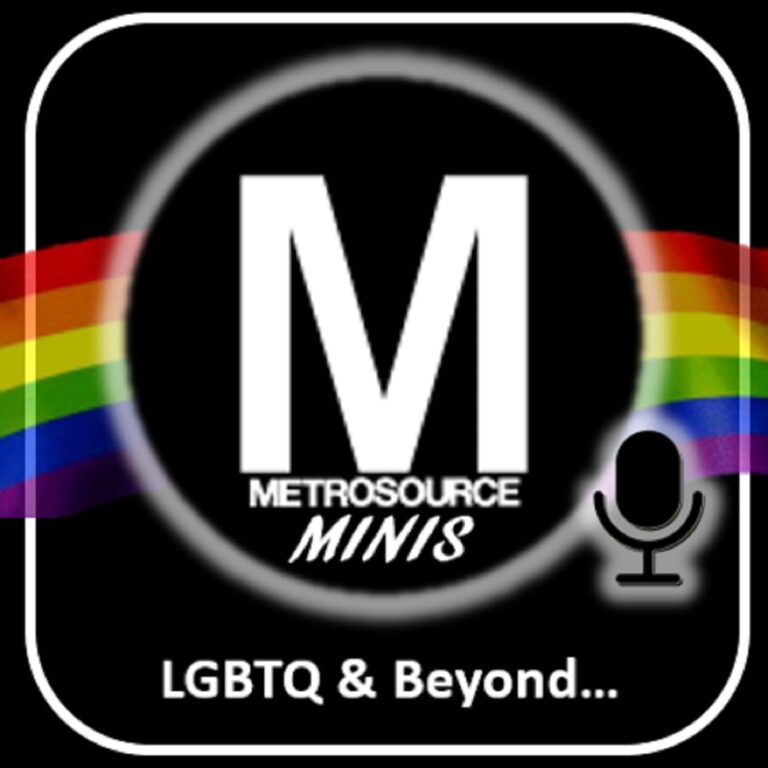Looking for some successes in the struggle with HIV that you can be proud of? Check these out:
PrEP: The once-a-day pill taken to prevent HIV continues to be a huge advancement in transmission prevention. More people know about it, and more doctors understand its potential. For HIV-negative people who don’t have the luxury of a steady partner whose status they know (or who are in relationships with people living with HIV), turning to PrEP is a way to reduce their risk of acquiring HIV by 95 percent. Additionally, PrEP-users must go for STI/STD and HIV testing every three months, keeping people aware of their sexual health like never before.
PEP: This is a 28-day course of HIV meds taken by HIV negative people after potential HIV exposure. According to the CDC, “PEP should be used only in emergency situations and must be started within 72 hours after a recent possible exposure to HIV. If you think you’ve recently been exposed to HIV … talk to your health care provider or an emergency room doctor about PEP right away.”
TasP: Treatment as Prevention means that, in addition to taking medication to remain healthy, when a person achieves an undetectable viral load, they are extremely unlikely to transmit the virus to sexual partners. According to the World Health Organization, “viral load is the greatest risk factor for HIV transmission, and lowering the viral load is critical to interrupting transmission.”
LONG-TERM SURVIVORS: This generally refers to people who’ve been living with HIV for 10-plus years. Early in the epidemic, the idea was unheard of; now people live decades longer. This is due to advances in both medical treatment and emotional support. According to Mary Lynn Hemphill, LMSW, “For many people living with HIV, a support group is the first place where they acknowledge to another person that they are infected and where they come face-to-face with other people who are positive. Meeting other people who share the same concerns, fears and medical issues can reduce the power of HIV-related stigma.”
THE BUDDY PROGRAM: The oldest and largest AIDS organization, GMHC, recently relaunched its Buddy Program — originally started in the ‘80s to help people get to medical appointments. Today, it’s been revived to help people struggling with “isolation, the stresses of living with chronic disease, elevated risk for depression, substance use, and suicidal ideation,” and more. Let’s hope we see more support for similar programs throughout the country.
GREG LOUGANIS’ WHEATIES BOX: The four-time Olympic gold medalist, who was living with HIV when he famously cracked his head while diving in the 1988 Olympics, never got his picture on a Wheaties cereal box. This May, he finally does, and seeing him celebrated as a person who is open both about his sexual orientation and his HIV status can make all LGBT people and all people living with HIV feel empowered and proud.
(—By Scott A. Kramer, LCSW-R)
Last modified: June 22, 2017












